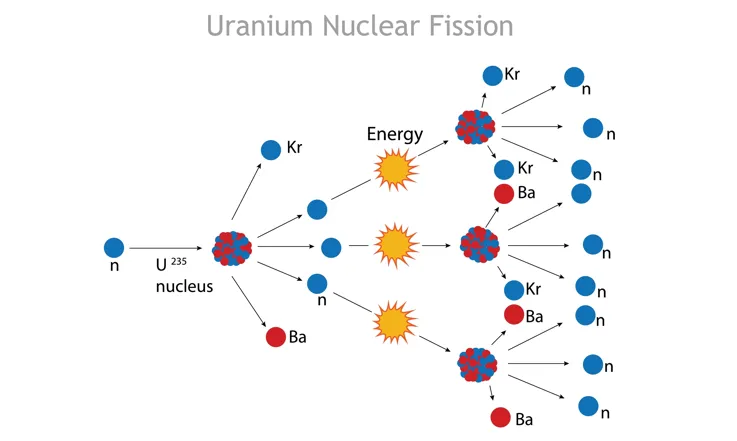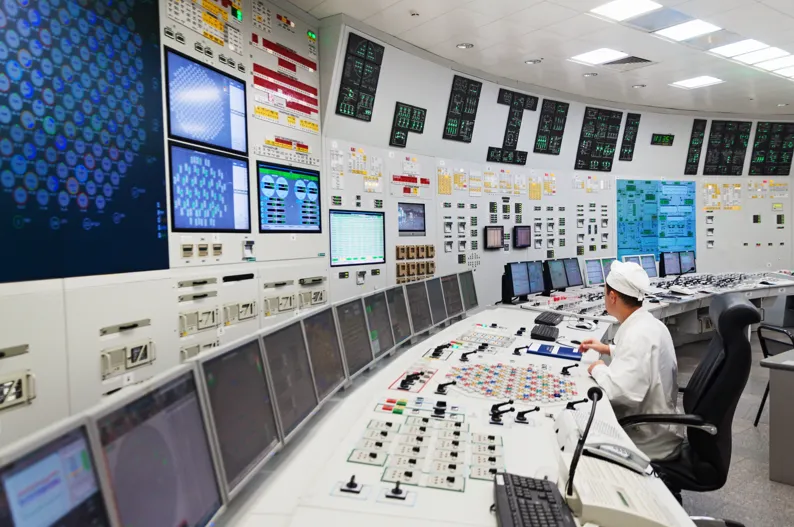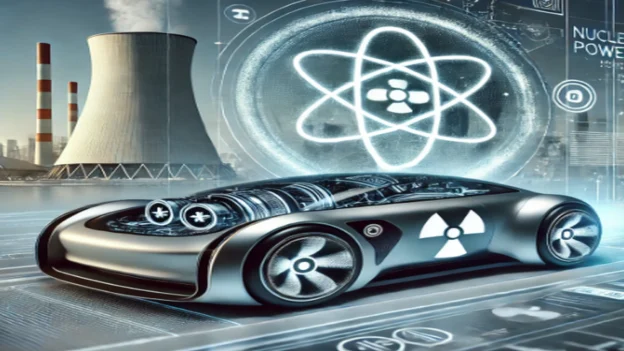Table of Contents
- Introduction
- History and Concept of Nuclear Powered Cars
- How Does a Nuclear Powered Car Work?
- Can Nuclear Power SAVE The Car Industry?
- Feasibility and Challenges
- Indirect Use of Nuclear Energy
- Cost Considerations
- Environmental Impact
- Technological Advancements and Future Prospects
- Case Studies and Historical Attempts
- Public Perception and Acceptance
- Comparative Analysis with Other Alternative Fuels
- Regulatory and Legal Considerations
- Conclusion
Introduction
The concept of a nuclear powered car has fascinated scientists, engineers, and the public for decades. Imagining a vehicle that runs on the same principles as nuclear power plants or submarines evokes thoughts of endless energy and a futuristic transportation solution. However, this idea brings forth numerous questions and challenges. This article delves into the feasibility of nuclear-powered cars, their working mechanism, cost implications, and the potential use of nuclear energy indirectly to power cars. Key terms such as “nucleon,” “Ford nucleon,” and “nuclear powered car” will be explored.
History and Concept of Nuclear Powered Cars
The idea of nuclear powered cars isn’t new. In the 1950s, Ford Motor Company conceptualized the Ford nucleon, a car that would use a small nuclear reactor for power. The concept car was never built, but it represented a vision of the future where nuclear energy could replace gasoline. The Nucleon was designed to be powered by a steam engine fueled by a nuclear reactor, highlighting the potential for long-range travel without refueling. Despite the excitement, numerous technical and safety challenges prevented the Nucleon and similar ideas from becoming a reality.

The 1958 Ford Nucleon. Photo by Nuclear Newswire
How Does a Nuclear Powered Car Work?
A nuclear-powered car would utilize nuclear fission, the process of splitting atomic nuclei to release energy. In theory, a small reactor could be installed in the vehicle, where controlled fission reactions would generate heat. This heat could then be used to produce steam, which would drive a turbine connected to an electric generator, ultimately powering the car’s motor.

This image illustrates the process of uranium nuclear fission
For indirect use, nuclear energy could be harnessed in power plants to produce electricity, which would then be used to charge electric vehicles (EVs). This method circumvents the need to install a nuclear reactor directly in the car, addressing many of the safety and practicality issues.
Watch the following video:
Can Nuclear Power SAVE The Car Industry?

Feasibility and Challenges
The feasibility of creating a nuclear-powered car directly involves several significant challenges:
- Safety: Containing and controlling a nuclear reaction within a car-sized reactor is inherently dangerous. In the event of a collision, the risk of radiation leaks or a catastrophic failure would be unacceptable.
- Size and Weight: Nuclear reactors are typically large and heavy. Miniaturizing a reactor to fit into a car while maintaining safety and efficiency is a monumental engineering challenge.
- Regulation and Public Perception: The use of nuclear technology in consumer products is heavily regulated, and public perception of nuclear power is often negative due to associations with nuclear accidents and weaponry.

Indirect Use of Nuclear Energy
Instead of direct application, nuclear energy can power electric cars through an intermediary step. Nuclear power plants generate vast amounts of electricity, which can be fed into the grid. This electricity can then be used to charge EVs. This method takes advantage of nuclear power’s high energy density and low carbon emissions without the direct risks associated with a nuclear reactor in each vehicle.
Cost Considerations
The cost of a nuclear-powered car would be influenced by several factors:
- Development and Manufacturing: The initial research and development of a safe and effective nuclear reactor for a car would be extremely expensive. Manufacturing costs would also be high due to the need for specialized materials and safety features.
- Fuel: Nuclear fuel, such as uranium or plutonium, is expensive and requires careful handling and disposal. The high cost of nuclear fuel would significantly impact the overall expense of operating a nuclear powered car.
- Maintenance and Disposal: Maintaining a nuclear powered car or vehicle would be costly due to the need for specialized technicians. Disposal of nuclear waste and decommissioning old reactors would add to the long-term costs. Additionally, sourcing nuclear fuel for these vehicles would require stringent safety protocols and regular supply chain monitoring.
In terms of nuclear fusion, which is still in the experimental stage, the energy required to accelerate a car to 60 mph (approximately 1 million joules) could theoretically be achieved with a minuscule amount of fuel. Fusion reactions are incredibly energy-dense, meaning only a few nanograms of fuel might be needed. However, practical and economic challenges in harnessing fusion energy remain significant. The potential of using nuclear fuel in fusion reactors adds another layer of complexity and cost.
Environmental Impact
Nuclear powered cars could significantly reduce greenhouse gas emissions compared to gasoline or diesel vehicles. However, the environmental benefits must be weighed against the challenges of managing radioactive waste. Proper disposal and containment of nuclear waste are critical to prevent environmental contamination. Additionally, the potential for accidents, though low, poses a significant environmental risk.
Technological Advancements and Future Prospects
Advancements in reactor miniaturization, improved safety protocols, and ongoing research in nuclear fusion could make nuclear powered cars more feasible in the future. Small modular reactors (SMRs) are one area of development that holds promise. Continued investment in these technologies may eventually overcome the current barriers to implementation. Future developments in nuclear fuel technology could also enhance the feasibility and safety of these vehicles.
Case Studies and Historical Attempts
The Ford nucleon is a prominent historical example of an attempt to create a nuclear powered car. Additionally, the development of nuclear-powered submarines and aircraft provides insights into the potential and challenges of using nuclear energy for transportation. Lessons learned from these projects highlight the importance of safety and technical feasibility.
Public Perception and Acceptance
Public perception of nuclear technology is a significant barrier to the adoption of nuclear powered cars. High-profile nuclear accidents, such as Chernobyl and Fukushima, have contributed to widespread fear and skepticism. Gaining public trust would require extensive education on the safety measures and benefits of nuclear powered vehicles, including transparent information about the use and management of nuclear fuel.
Comparative Analysis with Other Alternative Fuels
Nuclear powered cars would compete with other alternative fuel technologies like hydrogen fuel cells, battery-electric vehicles, and biofuels. Each technology has its own advantages and disadvantages. For instance, hydrogen fuel cells offer high energy density but face challenges in storage and distribution. Battery-electric vehicles are currently more feasible but require significant advancements in battery technology to match the energy density of nuclear fuel. The comparison highlights the unique challenges and benefits associated with nuclear fuel in the automotive sector.
Regulatory and Legal Considerations
Deploying nuclear powered cars would involve navigating a complex web of regulations and legal considerations. International treaties, national laws, and safety standards would all need to be addressed. Ensuring compliance with these regulations would be a significant challenge, adding to the overall cost and complexity of developing nuclear-powered vehicles. The regulation of nuclear fuel supply, usage, and disposal would be a critical component of this framework.
Conclusion
While the concept of nuclear powered cars is intriguing, significant technical, safety, and economic barriers make it currently unfeasible. The idea of installing a nuclear reactor in every vehicle poses numerous risks that outweigh the potential benefits. Instead, utilizing nuclear power to generate electricity for electric vehicles offers a safer and more practical approach to integrating nuclear energy into the transportation sector.
The Ford nucleon remains a fascinating historical concept, embodying the mid-20th-century optimism about nuclear power’s potential. However, advancements in nuclear technology and electric vehicles may eventually offer new ways to harness this powerful energy source indirectly.
As we look toward the future, continued research and development in both nuclear power and electric vehicle technology are essential. Innovations in these fields could pave the way for safer, more efficient, and more sustainable transportation solutions. The role of nuclear fuel in these advancements cannot be overstated, as it remains a pivotal element in the development of next-generation energy solutions.
Source: ANS / Nuclear Newswire.

